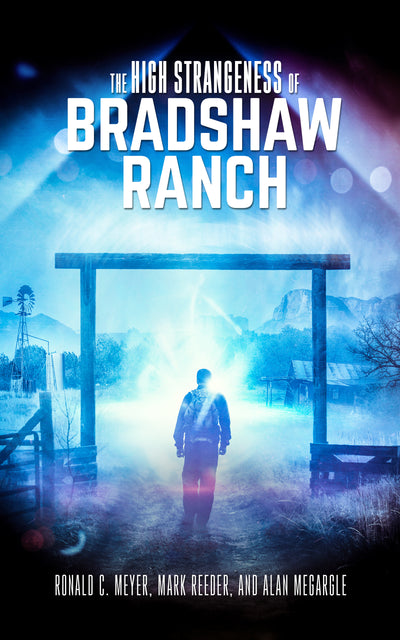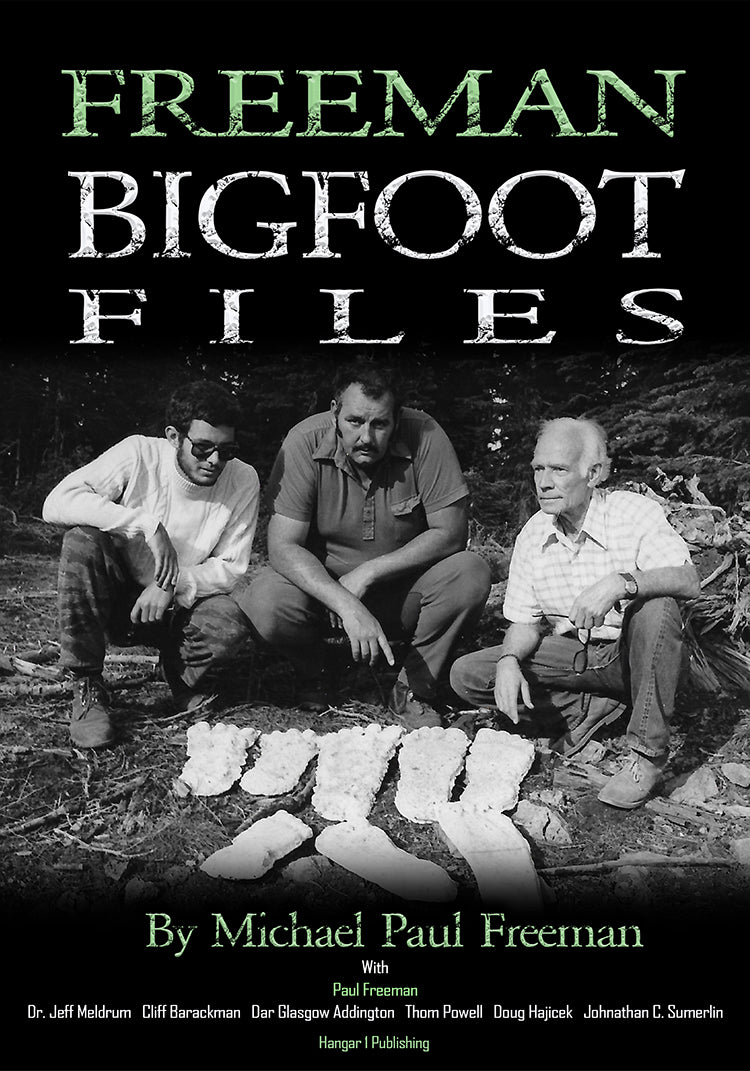Project Hessdalen: Norway's 40-Year Scientific Quest to Solve the Mystery of the Valley Lights

By Sanjay Kapoor, Ufologist
Picture this: a remote valley in central Norway, winter of 1984. The temperature's hovering around freezing, and you're part of a team that's just recorded 53 instrumented sightings in just 40 days. Not anecdotal reports from farmers or late-night drivers. Actual, measurable phenomena captured on radar, cameras, and magnetometers.
That was the peak of what would become Project Hessdalen, and here's what makes me sit up as a scientist: it didn't stop there. Four decades later, the instruments are still running. The data keeps accumulating. And we still don't have a definitive answer.
What Makes Hessdalen Different
I've spent years studying atmospheric phenomena across various wavelengths, and I can tell you that Project Hessdalen represents something unique in UAP research. It's not about chasing individual sightings or interviewing witnesses after the fact. This is a permanent, instrumented observatory studying a phenomenon that recurs in a predictable location.
The Hessdalen valley is about 12 kilometers long, nestled in the mountains roughly 120 kilometers south of Trondheim. People have reported strange lights there since at least 1811, but things got serious between December 1981 and 1984 when sightings exploded. We're talking up to 20 observations per week at the peak.
That kind of frequency is what allowed scientists to do something rarely possible in this field: set up shop and wait for the phenomenon to come to them.
The Blue Box and 90 Gigabytes a Day
The heart of the operation is what they call the "Blue Box," officially the Hessdalen Automatic Measurement Station. It's been operational since August 1998, perched on a hillside with a commanding view of the valley.
The system has evolved considerably. The original setup used a single black-and-white camera connected to a Silicon Graphics computer for automated detection. By 2001, they'd upgraded to a dual-camera system for triangulation, added weather stations, magnetometers, and VLF radio receivers. The latest 2024 upgrade installed two Dahua 8MP cameras recording in 4K resolution at 25 frames per second, 24 hours a day.
That generates about 90 gigabytes of video data daily. They're streaming it live on YouTube, and the raw files get uploaded to public Google Drive folders. As someone who values open science, this level of data transparency is refreshing.
When the Lights Show Up
Analysis of the automated station data from 1998 to 2001 revealed clear patterns. The phenomena appear more frequently in winter and concentrate in the late-night hours, with a pronounced peak between 22:00 and 01:00 local time. Interestingly, researchers found no correlation with solar activity or sunspot cycles, which ruled out one potential explanation.
The frequency has dropped since the 1980s peak. Current reporting hovers around 20 sightings per year, though that's likely an undercount since the automatic station only monitors certain sections of the valley, and many events probably go undetected.
What the Instruments Actually Record
Here's where things get interesting from a physics standpoint. The lights aren't just vague glows that people happen to notice. They have measurable, quantifiable properties that don't fit easily into conventional atmospheric models.
Optical and Thermal Characteristics
The phenomena range in size from decimeters to 30 meters in apparent diameter. Some emit radiant power up to 19 kilowatts, with certain estimates pushing even higher. To put that in perspective, that's roughly equivalent to 190 hundred-watt light bulbs concentrated in a space sometimes no larger than a basketball.
What's anomalous is the luminosity behavior. Normal incandescent or plasma sources follow predictable brightness-to-temperature relationships. These don't. High-resolution video shows that sudden brightness increases often come from clusters of smaller "satellite spheres" forming around a central core, not from simple expansion of a hot gas.
The motion patterns are equally strange: jerky, non-ballistic trajectories, appearing and disappearing to create dotted paths in long-exposure photographs. Some observations show larger lights ejecting smaller orbs, typically a green mini-ball from a white primary light.
Spectroscopic Data
Low-resolution spectroscopy has been the project's Achilles heel, but even limited data tells us something. The spectra show a continuous, broad-band distribution rather than sharp emission lines you'd expect from specific atomic transitions.
Some spectra reveal a three-peaked structure with features around 4500 Å, 5750 Å, and 6600 Å, corresponding to color temperatures of approximately 6300 K, 5100 K, and 4400 K. Analysis suggests possible contributions from atmospheric gases and elements like silicon, iron, scandium, and titanium from dust particles. But here's the problem: the resolution is too low to definitively identify specific spectral lines.
The project desperately needs a high-resolution spectrograph with a resolving power of at least 2,500. That's been consistently flagged as a critical gap by multiple research missions.
Radar and Electromagnetic Signatures
The radar data is where things get really weird. During the 1984 campaign, an Atlas 2000 X-band radar recorded strong returns from objects moving at speeds up to 8,500 meters per second. That's over 30,000 kilometers per hour, or roughly Mach 25.
Even more intriguing: radar sometimes detected targets when nothing was visible to the eye, suggesting the phenomenon has phases or states that aren't always optically luminous.
The EMBLA missions in 2000-2002 deployed VLF radio receivers and recorded genuinely anomalous signals. We're talking about periodic spike-like emissions in the 3-7 kHz range and Doppler-like signals in the 1-2 kHz range with frequency slopes implying line-of-sight velocity changes between 10,000 and 100,000 kilometers per second.
Let me be clear: those velocity figures are physically nonsensical for any material object. They're two to three orders of magnitude beyond anything we can build, and they approach a significant fraction of the speed of light. Either the interpretation of these signals is wrong, or we're observing something that doesn't fit our current understanding of atmospheric physics.
Ground Evidence
Physical samples add another layer. Soil collected from a location where a light had been observed showed slight radioactivity (20 microrad/hour vs. 4-9 background). Lab analysis found particles of zirconium silicate, which explained the weak radiation, and a perfectly spheroidal iron particle about 20 micrometers in diameter.
The origin of that iron spheroid remains unexplained. It's not the kind of thing you find lying around naturally.
Competing Explanations
As a physicist, I appreciate that the project team hasn't jumped to exotic conclusions. They've systematically worked through terrestrial explanations, and several models show promise while each falls short in different ways.
Silicon-Based Ball Lightning
The Abrahamson-Dinniss model proposes these could be a form of ball lightning created by oxidation of silicon nanoparticle networks. Lightning strikes on quartz-rich soil could vaporize silica into silicon vapor, which then oxidizes in air, releasing energy as light.
This model explains the solid-like luminosity profile and the suspected silicon signatures in some spectra. But it requires an energetic trigger event like a lightning strike, which isn't observed before Hessdalen light appearances. It also struggles to account for the high radiant power and complex morphologies.
Electrochemical Plasma with Aerosols
A more sophisticated approach, proposed by researcher David Turner, describes the phenomenon as a hot plasma core stabilized by a cooler, aerosol-rich boundary layer. Chemical reactions at the interface create a thermochemical "heat pump" that allows the structure to maintain itself and resist expansion.
This model does an excellent job explaining the observed constant color temperature despite luminosity changes, the sharp edges, and the structural stability against gravity. It accounts for the power levels and long durations better than the ball lightning hypothesis.
Where it falls short: it doesn't explain the geometric shapes (triangles, rectangles) sometimes observed, the ejection of smaller orbs, or the extreme VLF radio signals.
Piezoelectric and Tectonic Stress
The geophysical angle focuses on the valley's unique geology. Hessdalen sits in an area with quartz-rich rocks and conductive sulfide ore deposits containing iron, zinc, and copper on opposite sides of the river. Tectonic stress on quartz generates electric fields through the piezoelectric effect, potentially ionizing air and creating luminous plasma.
Recent VLF surveys have mapped conductive zones that could act as natural current pathways. This provides a plausible local energy source tied to the specific environment, explaining why the phenomenon is so localized.
But can piezoelectricity alone generate sustained 19-kilowatt outputs? That's unclear. This mechanism works better as a triggering or contributing factor rather than a complete explanation.
The Laser Interaction Experiments
One of the most tantalizing aspects of Project Hessdalen is the evidence for active interaction. During the 1984-85 field campaigns, researchers aimed a low-power Helium-Neon laser (0.4-0.76 milliwatts) at a blinking light phenomenon.
On at least two occasions, the light responded almost immediately by changing its regular flashing pattern to a "double-flashing mode." When the laser was moved away, the light returned to its original pattern.
Now, let me be cautiously skeptical here. This is exactly the kind of result that needs rigorous replication with proper controls. Was it a genuine response, or coincidental timing? We need placebo trials, multiple independent observers, and preregistered protocols.
But if the effect is real and replicable, it suggests something responsive, possibly even reactive to external stimuli. That would be extraordinary and worth serious follow-up with modern equipment.
The 2025 Opportunity
Project Hessdalen formalized as a Norwegian non-profit organization in 2023, and that governance upgrade opens doors to major research funding. Multiple grant opportunities are aligning for 2025-2027.
The Research Council of Norway's INFRASTRUKTUR call offers €5-10 million for national research infrastructure. Horizon Europe's Cluster 4 focuses on Space Situational Awareness with €3-4 million per project. Regional funds through RFF Trøndelag provide smaller grants around €400,000 for projects with local impact.
The project's open-data approach, 4K live streams, and public Google Drive archives have dramatically expanded its reach. The website now attracts 1,500 to 3,000 unique daily visitors from 90 countries. A single viral YouTube video in March 2025 increased site traffic by over 48%.
What's Missing
The current Blue Box generates massive amounts of video data but critically lacks high-resolution spectroscopy. A proposed €75,000 Mobile Monitoring Station module equipped with a spectrograph (resolution ≥2,500) and UV-IR photometer could finally capture the data needed to confirm specific elemental signatures.
Add to that a modern multi-band Doppler radar, thermal imaging (FLIR), and LIDAR for atmospheric profiling, and you'd have a sensor suite capable of definitively characterizing whatever's happening in that valley. The total estimated cost for a comprehensive mobile station: around €225,000.
That's pocket change compared to the potential scientific payoff. If these lights represent genuinely novel atmospheric physics or geophysical processes, understanding them could open new research directions. If they're something else entirely, well, that would be the discovery of the century.
Why I Care
Look, I came to this topic as a skeptic. I still am, in the sense that I demand reproducible data and rigorous methodology. But Project Hessdalen represents something rare in UAP research: a phenomenon that shows up often enough, in a specific enough location, to allow sustained scientific investigation.
The data they've accumulated over 40 years is unprecedented. Multi-sensor correlations between optical, radar, and electromagnetic signatures. Temporal patterns backed by thousands of hours of automated monitoring. Physical samples. Spectroscopic data, even if low-resolution.
This isn't blurry photos from anonymous sources or third-hand witness testimony. It's reproducible, public, instrumented data. That's the gold standard for science.
Whatever these lights are, they're real physical phenomena with measurable properties. They deserve serious investigation, not dismissal based on subject matter, and not sensationalist hype based on wishful thinking.
The project's commitment to open access means any researcher, anywhere, can download the data and run their own analyses. That's how science should work. That's why Project Hessdalen matters, and why it deserves the funding and attention needed to finally solve this 200-year-old mystery.
If you're curious, the live streams are running right now. The data's sitting there waiting. Maybe you'll spot something the algorithms missed. And if we're lucky, maybe in the next few years, with better instruments and more funding, we'll finally get some answers from that remote Norwegian valley.
From Bigfoot to UFOs: Hangar 1 Publishing Has You Covered!
Explore Untold Stories: Venture into the world of UFOs, cryptids, Bigfoot, and beyond. Every story is a journey into the extraordinary.
Immersive Book Technology: Experience real videos, sights, and sounds within our books. Its not just reading; its an adventure.


























